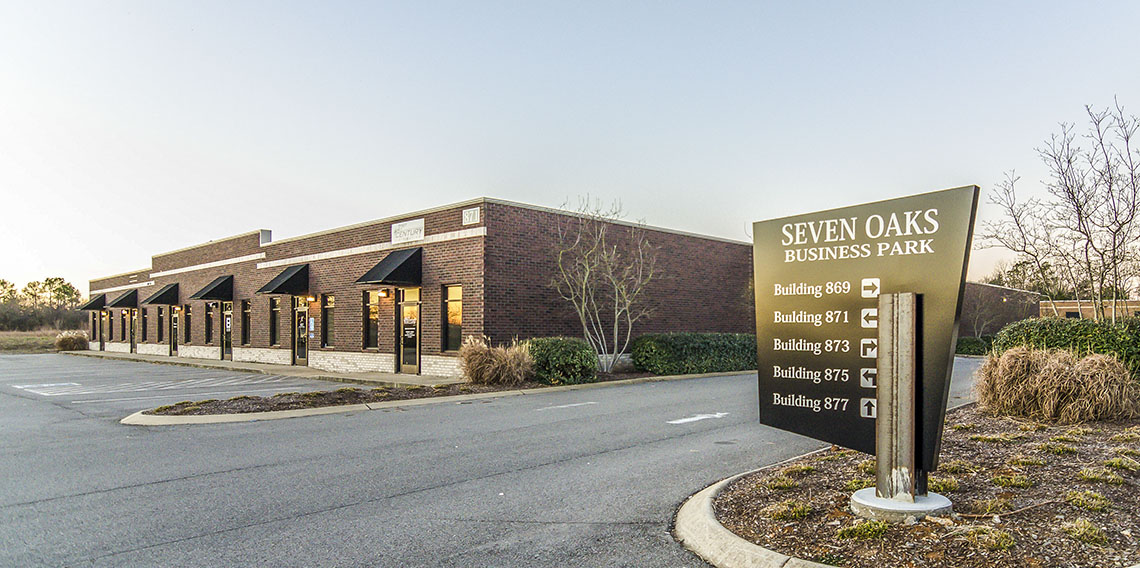Members have had dreams for Epworth United Methodist Church ever since the congregation opened its doors in 1909. Both new and longtime members of the historical church on Arno Road in Franklin, Tennessee willingly give their talent, time and treasure to each other and to their community. “You aren’t going to find any better people anywhere else. We’re driven by our mission to know Jesus and make him known, and we’re all one from that standpoint,” says Epworth UMC Building Committee Co-Chair Chuck Hawkins.
Over the years, the original church grounds, limited to less than one acre with virtually no room for expansion, have imposed strict limitations on the church’s progression. In 2004, to address the need for larger facilities and more space, the congregation purchased an additional 40 acres one mile from the original site, with a plan to build a new facility with a large sanctuary. Epworth UMC now has two physical churches, separated by a mile of homes and farmland. Sunday School classes are divided between the two locations, with staff offices, fellowship space and the kitchen at the historical church.
Epworth UMC At A Crossroads
In 2004, the church developed a long-range planning committee to address its two campuses and their future plans for expansion. The committee knew having two separate facilities wasn’t ideal and they wanted to be prepared for strategic growth. In 2016, the church formed their present building committee as the official group to spearhead their expansion.
Even though the church has gotten somewhat used to operating from two campuses and has a healthy attendance of 200 to 250 on any given Sunday, Epworth UMC is not growing as fast as the Midstate area is. Building committee members wondered why not.
“We know having to go back and forth between two campuses is challenging for many and a real inconvenience for some. We have to pack up and go back and forth, with limited parking at the old site, and confusion for newer members. Sometimes, we know people just go on home instead of making the trip,” explains Building Committee Co-Chair Mike Ketchum said. The church held a series of “cottage meetings” this past summer to listen to the congregation and listened to the many concerns there about the separate sites. Uniting the two campuses and making their facilities accessible for all patrons is the building committee’s top priority.
Preparing Epworth UMC For Future Growth
The challenge of unifying the church campus is an unusual one. Epworth’s Building Committee sought our help in reviewing their options for scaling their facilities. The Dow Smith team has been working with the committee to collect and review financial data in order to make solid recommendations about the project’s budget and affordability. Most importantly, we want to make sure we balance all other ministry environments with the number of seats in their worship spaces.
We are currently preparing two optional site campus master plan concepts showing existing buildings and parking areas and also identifying new areas for growth. We’re preparing conceptual schematic design floor plans for additions, renovations and space for the team’s review and comment. With the committee’s feedback, we’ll revise the site plan and floor plan and present to the committee again to capture any final revisions.
The Dow Smith team is now developing a master plan that addresses the congregation’s physical facilities and the challenge of two campuses for its many patrons. Together with Architect David Evans, we spent three days with church leaders reviewing metrics, including giving, attendance and budget, and listening to church members.
Our attention to detail and problem-solving capabilities have helped Epworth UMC start their journey of future growth and expansion. “We’re so pleased with what Dow Smith has been doing so far, and we’re looking forward to his leadership in helping us move through what’s next,” says Building Committee Co-Chair Chuck Hawkins. “We’re hoping the congregation will support the vision we’ll develop together, and we can move forward to make our physical space match who we really are, so we can continue to grow and minister to the community and region.”






